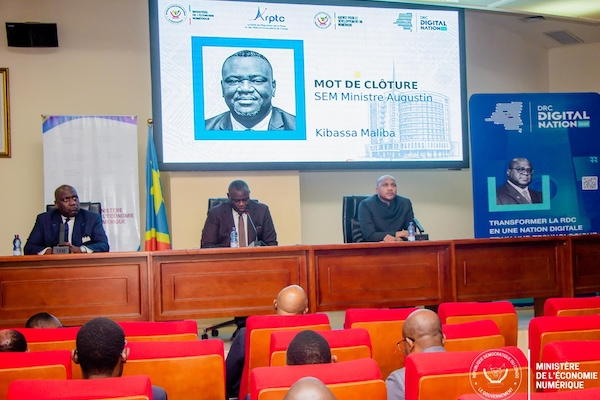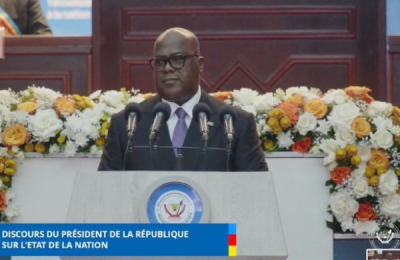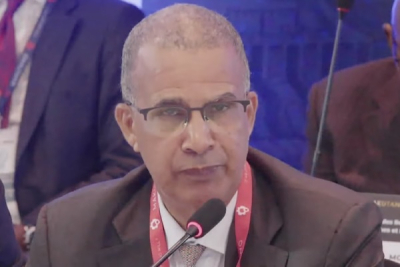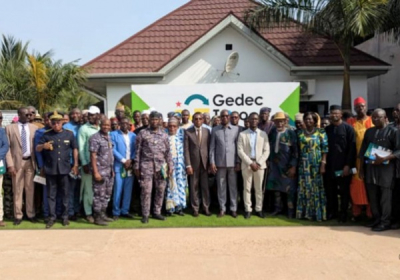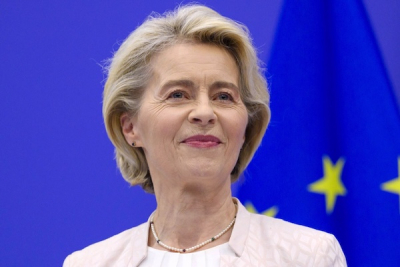• The Democratic Republic of Congo (DRC) plans to invest $1 billion in public funds and secure an additional $500 million from international partners to implement its new five-year digital strategy.
• The plan aims to transform the DRC into a regional digital hub by 2030, with a focus on AI, connectivity, and digital inclusion.
• The country’s first national artificial intelligence (AI) strategy will include the creation of a Congolese AI academy to train young talent and foster innovation.
The Democratic Republic of Congo (DRC) has launched the drafting process for its National Digital Plan 2026–2030 (PNN2) and its first National Artificial Intelligence Strategy, the Ministry of Digital Economy said on Wednesday.
Minister Augustin Kibassa Maliba announced the initiative, which aims to position the DRC as a regional digital hub by 2030.
“This is about capturing the dividends of digital transformation and positioning our country — rich in critical minerals essential to the digital and energy transitions — as both an investment catalyst and a provider of solutions to global challenges,” Kibassa said.
The new plan will rest on four main pillars: infrastructure and connectivity development, creation of digital public platforms and services, human capital enhancement and digital inclusion, and strengthening of cybersecurity and digital trust.
It will also integrate five cross-cutting axes — digital entrepreneurship, innovation, technological sovereignty, artificial intelligence, and strategic partnerships — to ensure coherence across policy areas.
To support this roadmap, the government plans to invest $1 billion in public funds over five years, complemented by $500 million in external financing already secured from international partners.
As part of the AI strategy, authorities will establish a Congolese Artificial Intelligence Academy to train young professionals, promote applied research, and stimulate local innovation.
This initiative follows the National Digital Plan “Horizon 2025”, launched in 2019, which achieved about 60% of its objectives. The first plan laid the groundwork for the digital economy through improvements in fiber-optic connectivity, regional integration projects such as CAB5, and the introduction of e-government tools like online tax portals and customs modernization via a single window system.
Ongoing projects include the digitization of civil registration and the establishment of a national digital ID system.
With PNN2, Kinshasa seeks to consolidate these achievements and accelerate its digital transformation. A GSMA report presented last month estimated that digital technologies could contribute 9.8 trillion Congolese francs (about $3.6 billion) to the economy by 2029, provided that fiscal and regulatory reforms advance.
The same report suggested that digital adoption could unlock 8.6 trillion FC in additional economic value across mining, agriculture, and public services.
Through this new strategy, the DRC aims to strengthen its technology ecosystem, create thousands of skilled jobs, and attract more investment in high-growth digital sectors.
This article was initially published in French by Samira Njoya, Agence Ecofin
Adapted in English by Ange Jason Quenum






